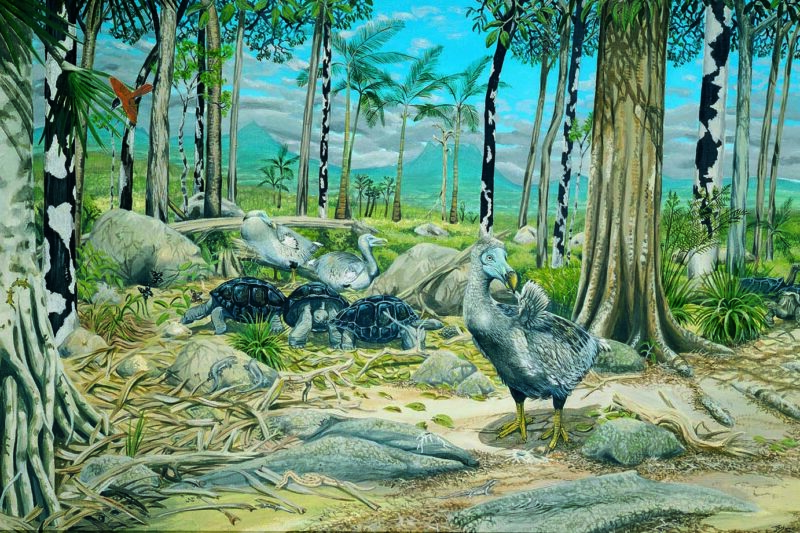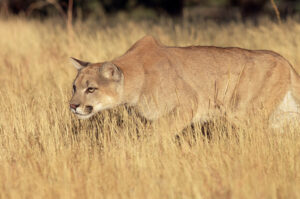The poster child of extinction is also one of the most misunderstood birds. We typically picture dodos as slow, stupid creatures. In fact, they were fast and powerful.
Researchers from the University of Southampton, the Natural History Museum, and Oxford University Museum of Natural History scoured 400 years’ worth of scientific papers to better understand two mysterious bird species. You might not have heard of one: the Rodriguez Island Solitaire. But we all know the Dodo.
Both species went extinct before they could be properly studied. “The Dodo was the first living thing that was recorded as being present and then disappeared,” co-author Neil Gostling said in a statement. “Before this, it hadn’t been thought possible for human beings to influence God’s creation in such a way.”
Most first-hand accounts of Dodos came from Dutch sailors, artists’ drawings, and a few remains. The lack of information meant they were never correctly classified. There were rumors of multiple species –- the Nazarene Dodo, the White Dodo, and the White Solitaire. None of these existed, but confusion and misidentification were common.
Giant ground doves
Just 64 years after scientists recorded it as a species, the dodo went extinct. Less than 100 years later, so did the Rodriguez Island Solitaire. So little was known about them that by the 18th and early 19th centuries, some considered them imaginary. Fact and fiction merged, creating a very confusing picture. Victorian scientists set the record straight.
“It was the hard work of Victorian-era scientists who finally proved that the Dodo and the Solitaire were not mythological but were giant ground doves,” said lead author Mark Young.
Debates about the birds have persisted. No one could agree on the number of species, so this team decided to unpack the mystery.
The team concluded that both birds were members of the Columbidae family of doves and pigeons. When those two species went extinct, one branch of the pigeon family tree disappeared.
“There are no other birds alive today like these two species of giant ground dove,” said Neil Gostling. The fact that there are no similar birds might be why popular culture has so misunderstood them.

Most modern dodo skeletons are made up of bones from many individuals. Photo: The Trustees of the Natural History Museum, London
Forest dwellers
Witness accounts from the time say that Dodos were fast-moving and loved the forest. Analysis shows that the tendon responsible for closing toes, associated with running and climbing birds, was “exceptionally powerful.” This suggests an incredibly active animal.
The two species were simply not adapted for the sudden influx of humanity onto the island of Mauritius. The Dodo still stands as the very first victim of human-caused extinction. But this does not mean they were stupid. They had adapted perfectly to their environment for millions of years. They had no natural predators.
The invasive animals brought by Dutch sailors were the main problem. Livestock trampled nests, rats picked off the chicks and eggs, and the birds themselves fell victim to dogs, cats, and humans. Because they had no natural wariness, they did not stand a chance.





